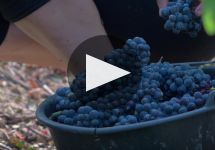Charles Heidsieck Brut Reserve
-
James
Suckling -
Robert
Parker -
Jeb
Dunnuck -
Wine
Spectator -
Wine
Enthusiast - Decanter




Product Details
Your Rating
Somm Note
Winemaker Notes
A deep golden robe. Delicate vivacious and long-lasting bubbles are the result of more than 36 months of ageing in chalk cellars. With 40% of reserve wines (the maximum possible amount), the blend offers a complex, voluptuous nose with notes of freshly baked brioche and the richness of roasted coffee beans. A precise selection of wines, purposely limited to 60 crus, ensures the Charles Heidsieck Brut Reserve a deliciously sophisticated harmony. An opulent selection of ripe, sun-drenched fruits such as mango, apricot, and greengage plum combines with dried fruits, pistachio and almond. The texture is reminiscent of a crisp layer of nougatine on a velvety cream pastry filled with plump red plums and ripe cherries. The reserve wines, some dating back ten years give the wine lushness. The depth of the thousand-year-old chalk quarries where the wine matures offer a touch of praline along with notes of amber and vanilla.
Professional Ratings
-
James Suckling
A creamy and silky champagne that has notes of lemons, pastries and apple compote on the nose. It’s medium-bodied and layered with fine bubbles and tasty pastry notes on the fresh, balanced finish.
-
Robert Parker's Wine Advocate
The NV Brut Réserve, a combination of more than 60 different crus and 150 wines, evokes aromas of brioche, pastry, ripe orchard fruits, beeswax and spices. Medium to full-bodied, enrobing and charming, it has a fleshy core of fruit, a pinpoint mousse and delicate acids, making it a charming, delicate Champagne. This blend consists of 40% Pinot Noir, 40% Chardonnay and 20% Pinot Meunier, with 50% vins de réserve, and was disgorged with a dosage of nine grams per liter.
-
Jeb Dunnuck
The NV Champagne Reserve Brut is based on the 2018 vintage plus 50% reserve wine going back to 1998, which adds substantial depth to the entry wine in this range. Composed of 40% each Pinot Noir and Chardonnay and 20% Meunier, the wine pours a youthful golden hue and is rounded and ripe with classic aromas of lemon curd, toasted brioche, and fresh peach. Full-bodied and supple, this continues to the palate with ripe and juicy mouth-filling fruit, a refined and pillowy mousse, and notes of orange marmalade on the finish.
-
Wine Spectator
Firm acidity defines this rich, well-integrated Champagne, with aromas and flavors of toasted brioche and grilled nut, white peach and cherry fruit, coffee liqueur and grated ginger. Like a cashmere scarf, there's a pleasing plushness to the mouthfeel, wrapping the structured frame in fine tailoring. Pinot Noir, Chardonnay and Pinot Meunier.
-
Wine Enthusiast
A vibrant Champagne with a whitefruit aroma, this bottling offers a touch of maturity and richness that is typical of the Charles Heidsieck style. Red apples, citrus and toast give the wine a fine balance
-
Decanter
Even in the tricky 2017 vintage, Charles Heidsieck turns out an impeccable NV. The reserves form a serious, appetising core of dried apricot and sourdough around which zesty citrus, raspberry and bitter almond offer brightness and energy. Impressive detail and length. 40% Chardonnay, 40% Pinot Noir, 20% Meunier, based on the 2017 vintage with 50% reserve wines up to 20 years of age, with 9% barrel-fermented wines.

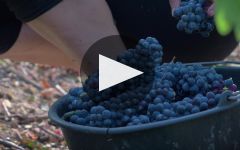
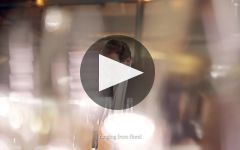
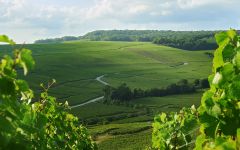
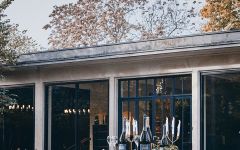
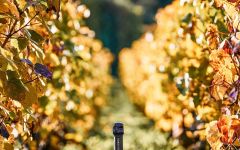
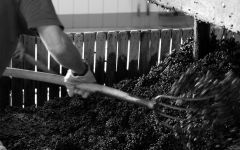
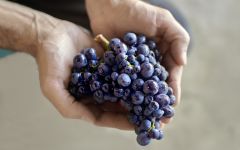
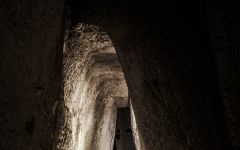
Régis Camus joined Charles Heidsieck in 1994 and has been the head winemaker of the House since 2002. This meticulous and passionate professional likes to keep an eye on everything: the state of the vineyards, the selection of the grapes, their pressing and their vinification, cru by cru, in individual vats. His mission is to perpetuate the Charles Heidsieck style, reflecting the richness of the Champagne region.

A term typically reserved for Champagne and Sparkling Wines, non-vintage or simply “NV” on a label indicates a blend of finished wines from different vintages (years of harvest). To make non-vintage Champagne, typically the current year’s harvest (in other words, the current vintage) forms the base of the blend. Finished wines from previous years, called “vins de reserve” are blended in at approximately 10-50% of the total volume in order to achieve the flavor, complexity, body and acidity for the desired house style. A tiny proportion of Champagnes are made from a single vintage.
There are also some very large production still wines that may not claim one particular vintage. This would be at the discretion of the winemaker’s goals for character of the final wine.

Associated with luxury, celebration, and romance, the region, Champagne, is home to the world’s most prized sparkling wine. In order to bear the label, ‘Champagne’, a sparkling wine must originate from this northeastern region of France—called Champagne—and adhere to strict quality standards. Made up of the three towns Reims, Épernay, and Aÿ, it was here that the traditional method of sparkling wine production was both invented and perfected, birthing a winemaking technique as well as a flavor profile that is now emulated worldwide.
Well-drained, limestone and chalky soil defines much of the region, which lend a mineral component to its wines. Champagne’s cold, continental climate promotes ample acidity in its grapes but weather differences from year to year can create significant variation between vintages. While vintage Champagnes are produced in exceptional years, non-vintage cuvées are produced annually from a blend of several years in order to produce Champagnes that maintain a consistent house style.
With nearly negligible exceptions, . These can be blended together or bottled as individual varietal Champagnes, depending on the final style of wine desired. Chardonnay, the only white variety, contributes freshness, elegance, lively acidity and notes of citrus, orchard fruit and white flowers. Pinot Noir and its relative Pinot Meunier, provide the backbone to many blends, adding structure, body and supple red fruit flavors. Wines with a large proportion of Pinot Meunier will be ready to drink earlier, while Pinot Noir contributes to longevity. Whether it is white or rosé, most Champagne is made from a blend of red and white grapes—and uniquely, rosé is often produce by blending together red and white wine. A Champagne made exclusively from Chardonnay will be labeled as ‘blanc de blancs,’ while ones comprised of only red grapes are called ‘blanc de noirs.’
